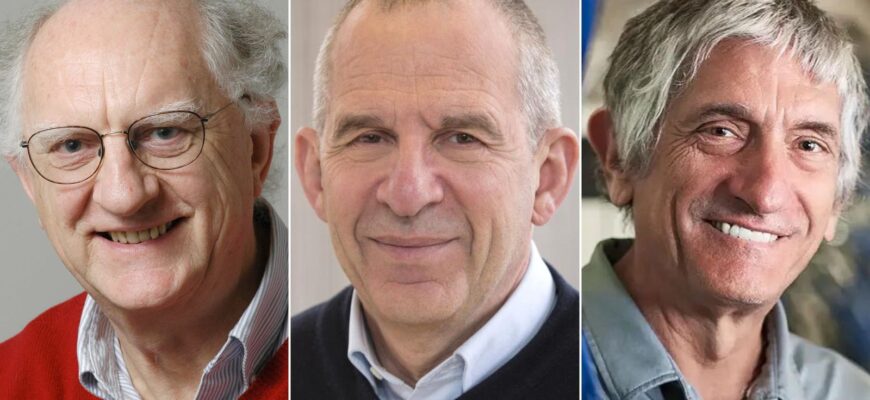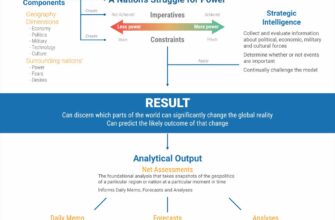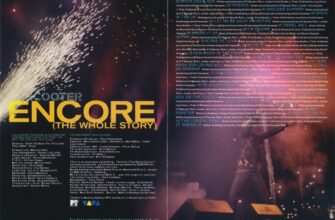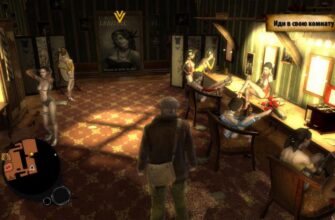The Architects of the Quantum Future
This year`s laureates—British physicist John Clarke from the University of California, Berkeley; French physicist Michel Devoret, affiliated with Yale University in New Haven and the University of California, Santa Barbara; and American physicist John Martinis, also from the University of California, Santa Barbara—have been recognized for contributions that, while seemingly abstract, have profound implications for our technological landscape. Their collaborative and individual efforts have illuminated how quantum phenomena, typically confined to the subatomic world, can manifest at scales much larger than previously thought possible.
What is Macroscopic Quantum Tunneling?
Imagine a ball at the bottom of a hill. Classical physics dictates that it needs enough energy to roll over the top to reach the other side. If it doesn`t have that energy, it stays put. Quantum mechanics, however, introduces a peculiar possibility: the ball might, with a certain probability, “tunnel” through the hill without ever having enough energy to surmount it. This is quantum tunneling, a phenomenon usually observed only at atomic or subatomic levels.
The brilliance of Clarke, Devoret, and Martinis lies in demonstrating that this bizarre quantum act isn`t just for tiny particles. They showed that macroscopic quantum tunneling can occur in systems large enough to be observable, specifically within electrical circuits. This means that a current, instead of needing to overcome an energy barrier in the traditional sense, can “tunnel” through it. This is akin to observing a small car spontaneously appearing on the other side of a solid wall, defying common sense but adhering to quantum rules.
Energy Quantization in Electrical Circuits: A Digital Leap for Analogue Worlds
Their work also established energy quantization in electrical circuits. In the quantum world, energy isn`t a continuous spectrum; it comes in discrete packets, or “quanta.” Think of it like a staircase where you can only stand on steps, not in between them. While this concept is fundamental to atomic physics, applying it robustly to electrical circuits was a major hurdle.
By proving that the energy states in specific electrical circuits could be quantized, the laureates provided a critical building block for manipulating quantum information. This allows for the creation of systems that can exist in multiple states simultaneously—a superposition—and interact in complex ways, known as entanglement. These are the exotic properties that form the bedrock of quantum computing.
The Quantum Promise: Beyond Supercomputers
“The prize,” announced the Nobel Committee in Stockholm, “opens up possibilities for the development of the next generation of quantum technologies, including quantum cryptography, quantum computers, and quantum sensors.”
Indeed, the practical applications of their discoveries are not merely theoretical musings; they are actively shaping the future of technology:
- Quantum Computing: The most talked-about application. By leveraging superposition and entanglement, quantum computers promise to solve problems intractable for even the most powerful classical supercomputers. This could revolutionize drug discovery, material science, financial modeling, and artificial intelligence. Clarke, Devoret, and Martinis’s work provides crucial insights into building stable and controllable quantum bits (qubits), the fundamental units of quantum computation.
- Quantum Cryptography: This field uses quantum mechanics to create unhackable communication channels. Because observing a quantum state inevitably changes it, any attempt to eavesdrop on a quantum-encrypted message would immediately be detected. Their work contributes to understanding and building the quantum components needed for such ultra-secure systems.
- Quantum Sensors: Imagine sensors so precise they can detect minute changes in gravity, magnetic fields, or even subtle biological signals. Quantum sensors, benefiting from the enhanced sensitivity that quantum phenomena provide, have the potential to vastly improve medical diagnostics, navigation, and fundamental scientific measurements.
A Nod to the Unseen World
Quantum mechanics has always challenged our classical intuition, presenting a universe far stranger and more fascinating than we could have imagined. From Schrödinger`s cat (which, thankfully, does not appear to be both alive and dead in a circuit, at least not visibly) to the “spooky action at a distance” that so troubled Einstein, it’s a field where the rules are delightfully, sometimes frustratingly, different. The work of Clarke, Devoret, and Martinis serves as a powerful reminder that the universe still holds countless secrets, and our collective human curiosity continues to unearth them, one quantum leap at a time.
With the prize money of 11 million Swedish Kronor, these three luminaries receive not only financial recognition but also the highest scientific honor, cementing their legacy as pioneers who dared to push the boundaries of what we thought was possible, bridging the gap between the infinitely small and the macroscopically measurable. Their contributions are not just footnotes in a textbook; they are foundational chapters in the ongoing story of human innovation, promising a future where the bizarre rules of quantum mechanics become our most powerful tools.








